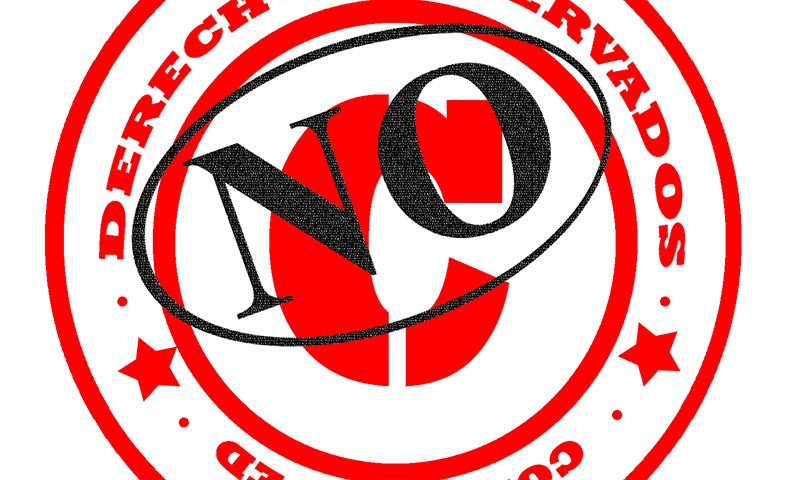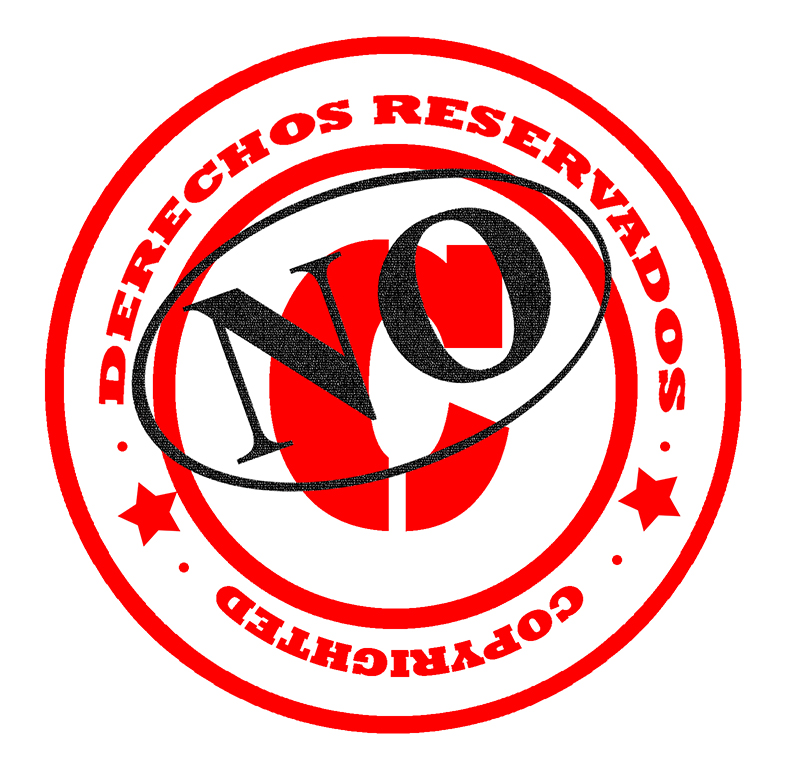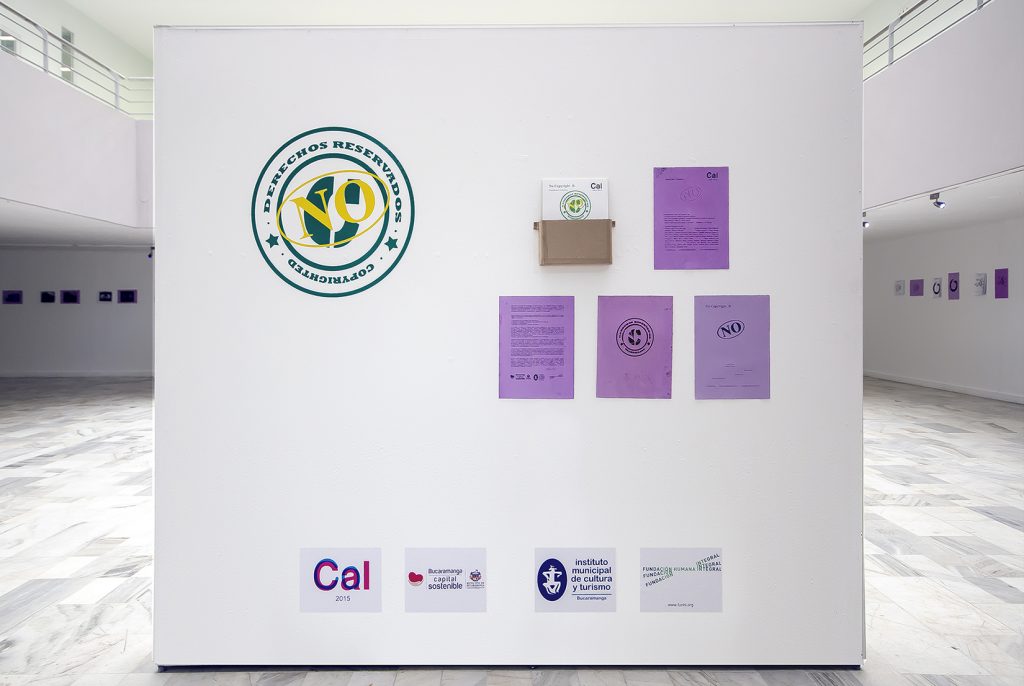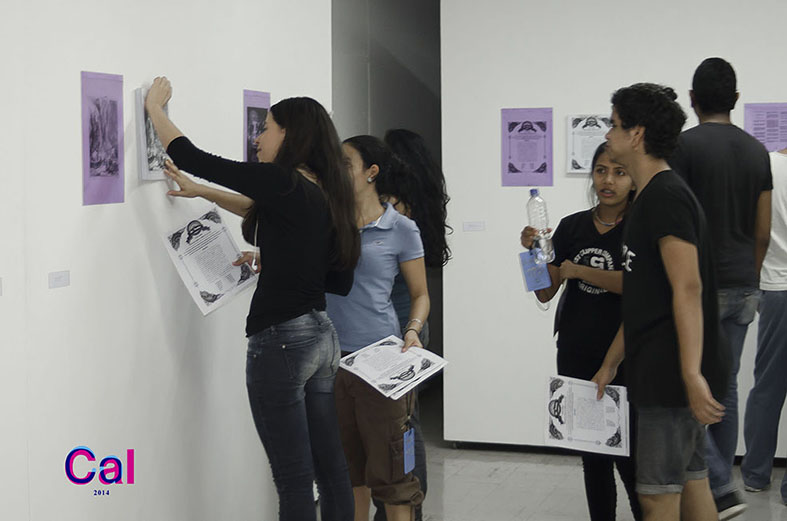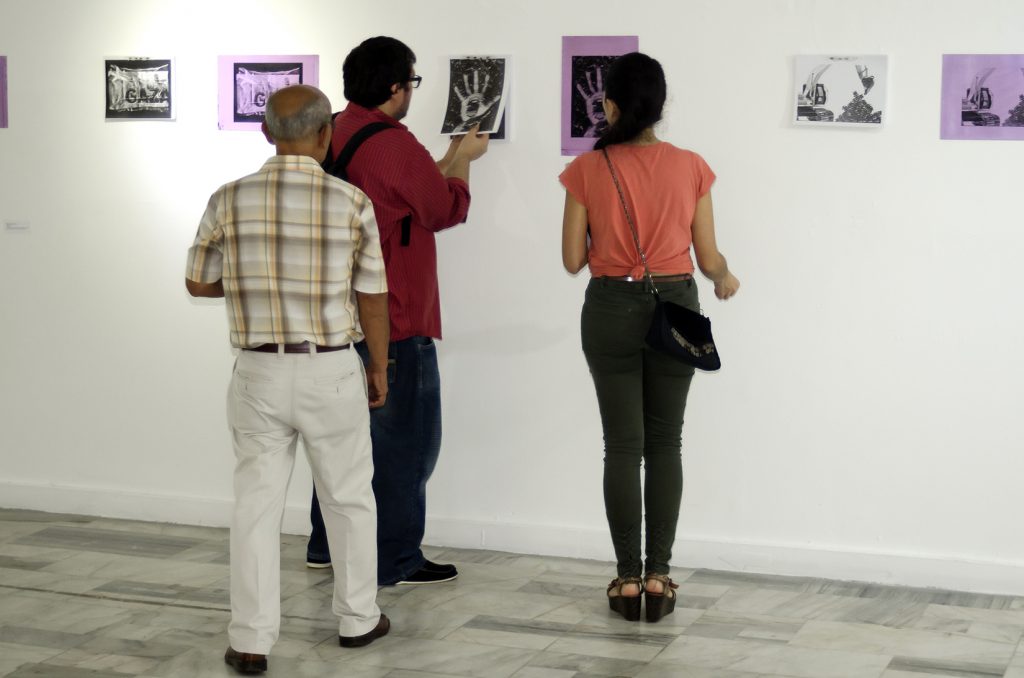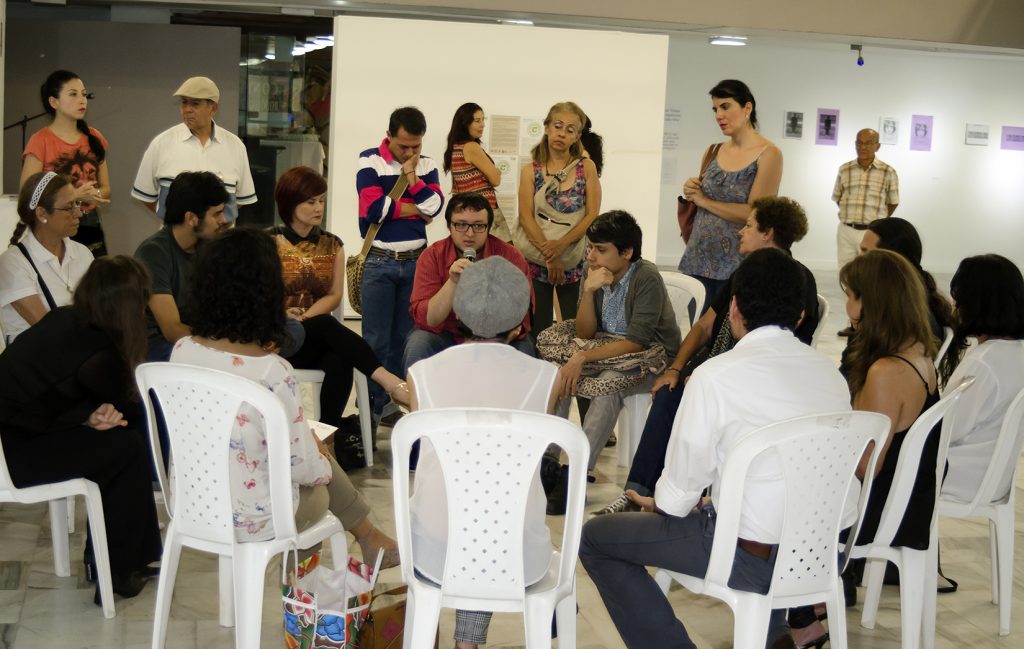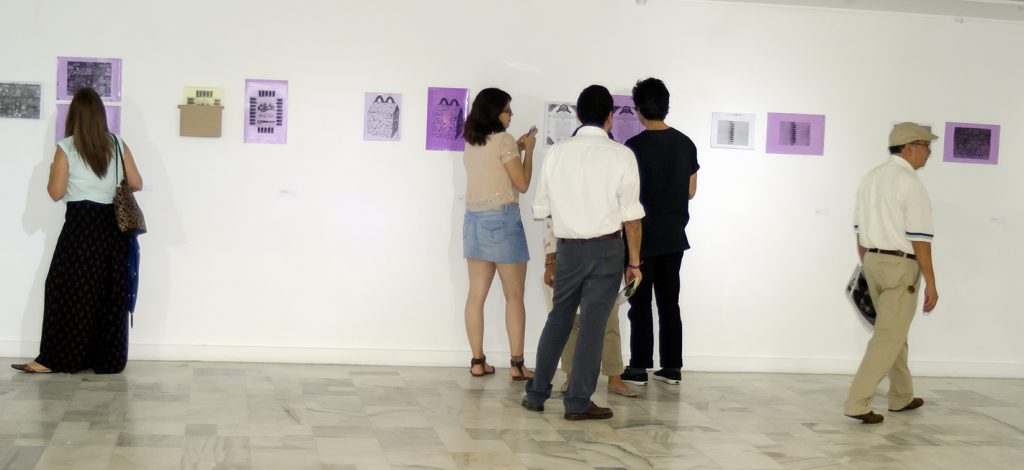No Copy Right

Ephemeral interventions in public space
15 March, 2020
Territory under Discussion
15 March, 2020Collective exhibition
2015 – Cultural Center of Cali
2016 – Municipal Institute of Culture Bucaramanga
Adrián Gaitán (Cali), Adriana Ríos. (Cali), Alberto Campuzano, (Cali), Alejandra Gutiérrez (Cali), Ana María Rosero (Cali), Andrea Rey (Bucaramanga), Breyner Huertas (Cali), Patricia Sarria (Cali), Carmen Espinoza (Cali), Cesar Rangel (México DF), Diego Piñeiros (Bogotá), Edgar León (Costa Rica), Edison Quiñones (Popayán), Alejandro Fournier (Guadalajara México), Gitte Bog (Dinamarca), Guadalupe Trejo (México DF) , Harvy Oviedo (Cali), Herman Yusti (Cali),Javier Cárdenas T (México), Jorge Lozano (Canadá- Colombia), Ana Katalina Castro (Bogotá), Liliana Vergara (Cali), Luis Mosquera (Cali),Luis Ricaurte (México-Cali),Matilde Guerrero (Bogotá), Mónica Espinosa(México DF), Mónica Restrepo(Cali), Paul Barrios(Manizales), Rita Ponce de Leónn (Perú), Santino Escatel (México),Tamara de Laval (Suecia), Ulises Figueroa (México DF), Wilson Nieva (Cali),Wolfang Lugmair (Alemania), Margarita Ariza (Barranquilla), Pilar Vergel (Cali), Carlos Lara (México),Shannon Steneck (USA), Rodrigo Hernández (México) ,Herman Yusti(Colombia)
In the 70s, the American programmer Richard Stalman, disgusted at not being able to use his printer because the software was for proprietary use, generated a free-use application, governed by 4 rules:
- Freedom to use the program without restrictions.
- Freedom to study it and adapt it to the needs of each one.
- Freedom of redistribution.
- Freedom to improve it and publish the improvements.
Artists throughout history have taken images of other artists and times, from Dürer, Cranac, Brueghel, van Gogh, Matisse, all made copies, the list is long. Nowadays and more frequently, these images and objects are originally produced for another purpose: advertising, scientific texts, phrases, stamps, photographs, the portrait of an important person or an unknown person, a piece of poster, found objects, etc. Including Andy Warhol’s Campbell Soup images, Antonio Caro’s Flag of Colombia with the Coca-Cola letters at the bottom. So what is original in the production of these images?
One of the characteristics of what we call: “contemporary” is that sometimes it is not an innovation in the production of the image, but rather a look at the real: That artist’s gaze manages to transform those fragments that he has taken from his daily life, without canceling or completely changing the conceptual content with which they were created. What it does is to return them to the socio-cultural context by providing a critical view of what is daily, and therefore insignificant or inconsequential.
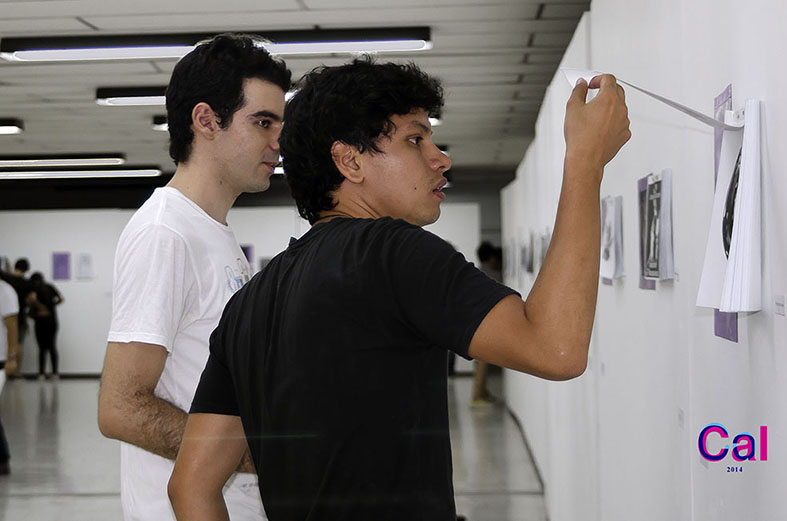
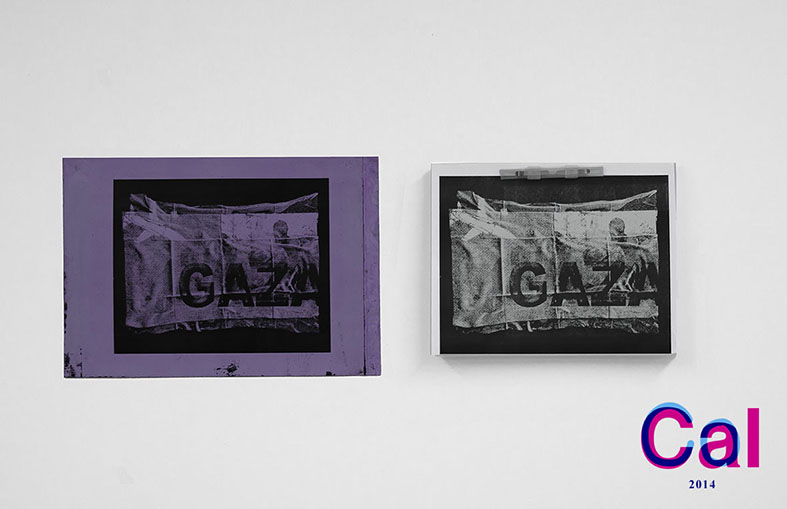
Jorge Lozano. Title: Gaza
No Copyright exhibition advocates an unconventional stance of the concept of “copy”: it aims to sharpen the perception of everyday life, captured by the artist’s eye, resignifying the value of an image and its copy in the digital times of “Copy & Paste”, the home printer and the photocopy; Where a “small or brief” action on these fragments, builds an image loaded with a concept that reveals the transcendent of the inconsequential, without the obligation to produce a grandiloquent image.

Adrián Gaitán. Title: model for the ideal white cube, in the ideal city 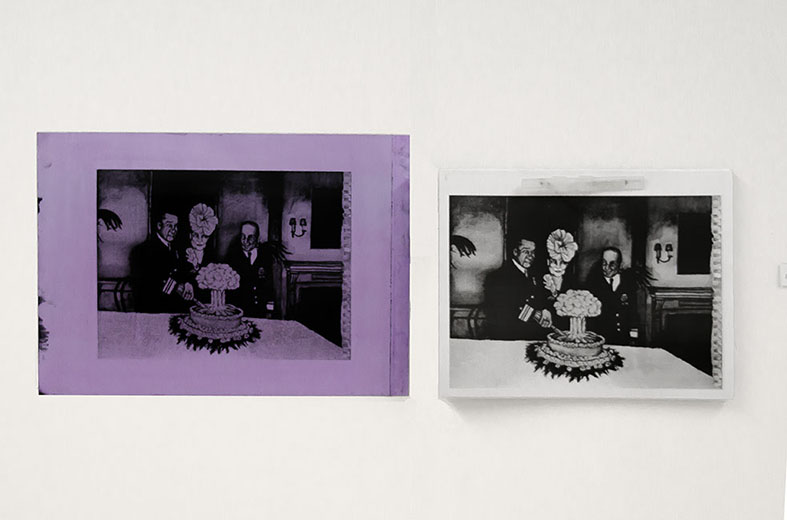
Matilde Guerrero. title: Bomba Cake
Although in this exhibition each artist retains the authorship of the work, attendees can take a “copy-original”, which they can photocopy, scratch, draw, fold, frame. Even the files are for free printing on the CALCO website. In such a way that said files are governed by the 4 rules established by Stalman: 1. Freedom to use the file without restrictions. 2. Freedom to study it and adapt it to the needs of each one. 3. Freedom of redistribution. 4. Freedom to improve it and publish the improvements.
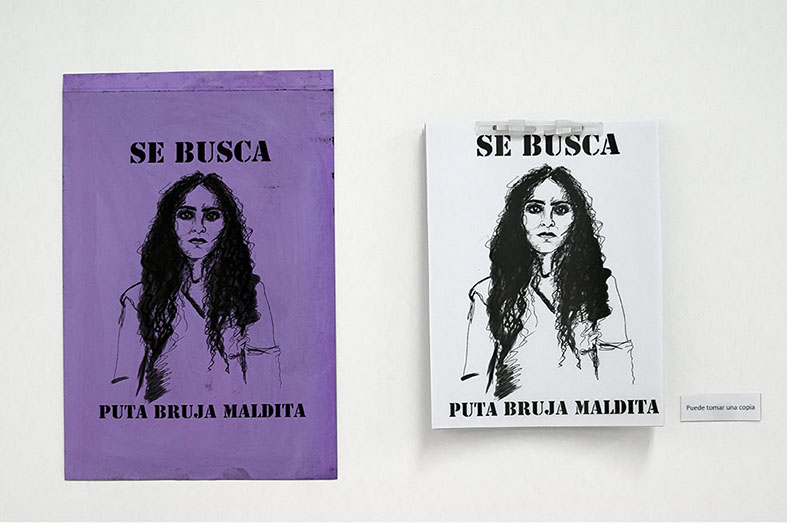
Fru Trejo. Title: Cursed Witch Whore 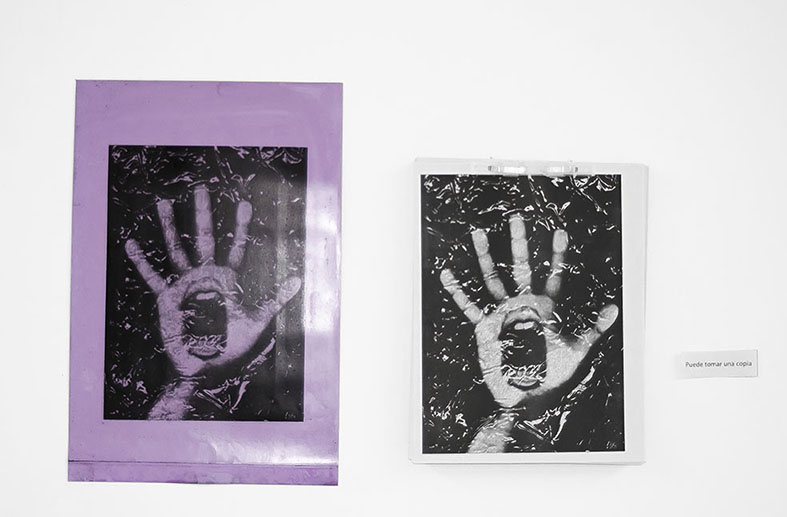
Carlos Lara. silences 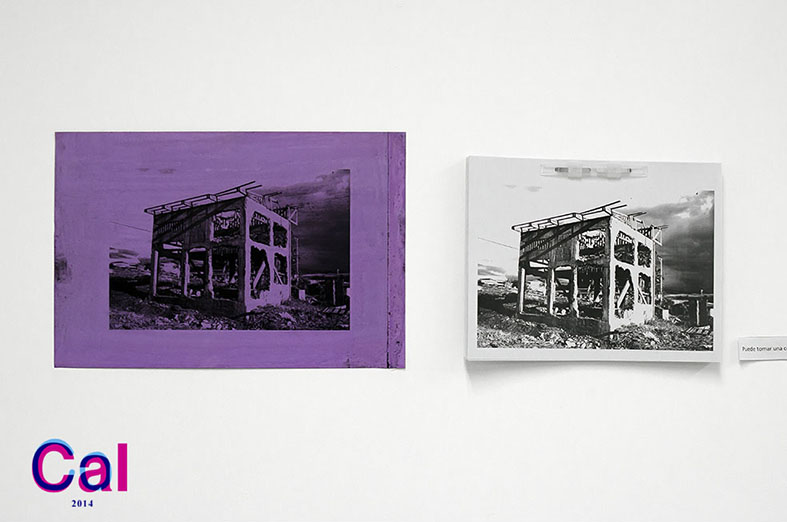
Edgar León. Title: Biblioteca
